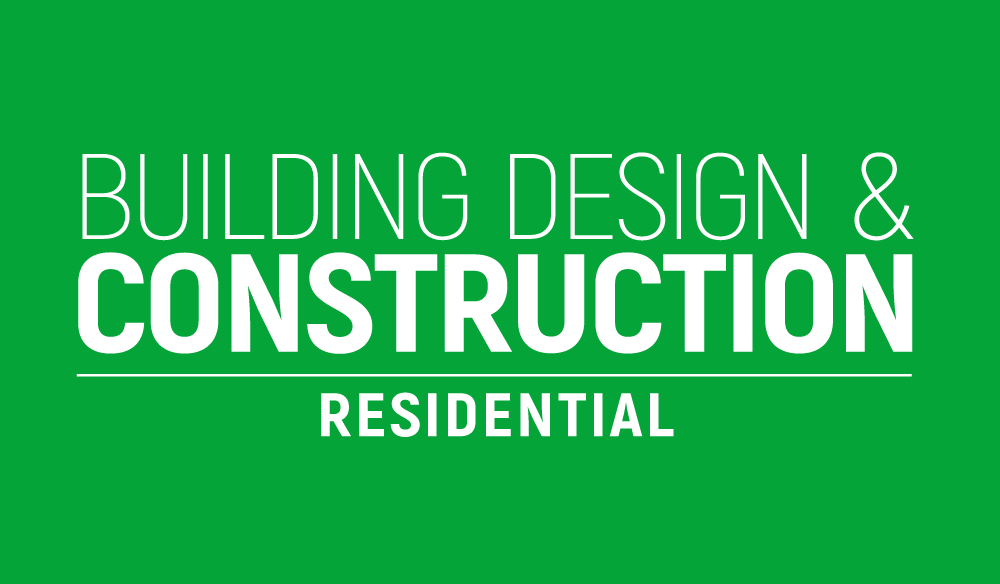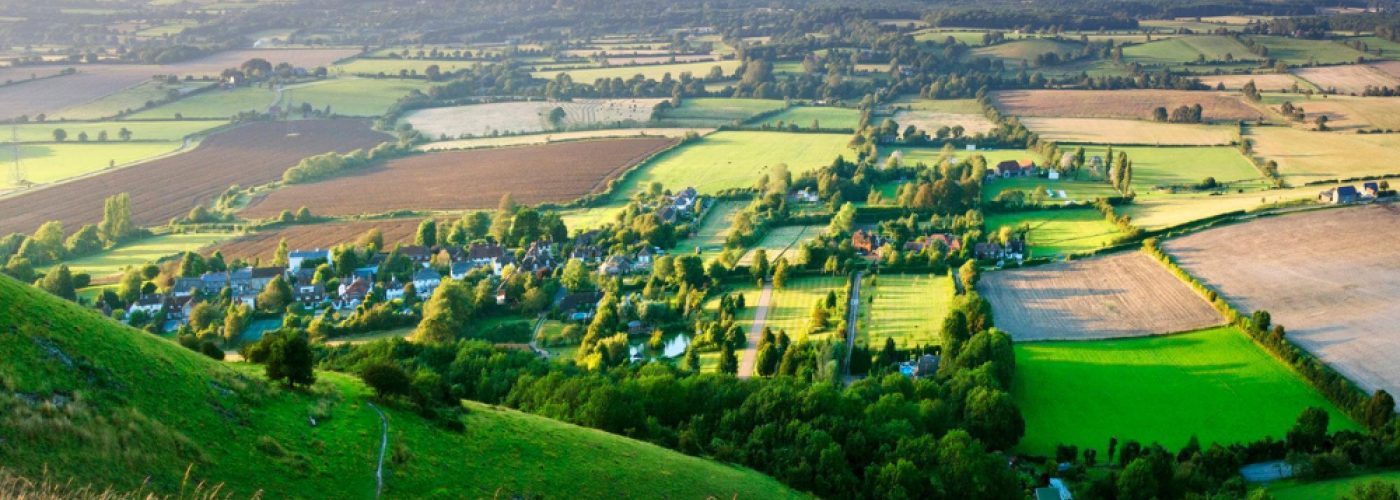The latest research by Woods Hardwick, the independent architecture, engineering, planning and surveying consultants, has shown that England’s green belt covers 12.5% of the nation’s total land area and could facilitate the construction of over 73.7m new-build plots – with just 1.4% of green belt land required to deliver the government’s target of 1m homes by the next election.
Woods Hardwick analysed the size of the green belt across each area of England, what this equates to as a percentage of the total land area and how many homes it could facilitate if fully utilised to address the housing crisis.
The green belt is a spatial planning tool first introduced in the 1950s as a national policy with aims to to prevent urban sprawl and keep land permanently open back when the UK population was 51m.
A common green belt misconception is that it is there to protect the countryside for its beauty or for ecological reasons such as areas of outstanding natural beauty (AONB).
The research by Woods Hardwick shows that England’s green belt is estimated to cover 1.637m hectares (16.371bn sq m), equating to 12.5% of England’s total land area of 13.046m hectares (130.462bn sq m).
Just 8.7% of England’s land area is of developed use, with just 10.5% being defined as ‘built-up’ – demonstrating how sizable the green belt is.
England’s green belt could facilitate the construction of 73.743m new homes with the average new-build plot requiring being 222 sq m – according to ONS in 2021 there were around 24.8m homes in England & Wales.
This means it would require building on just 1.4% of the green belt for the government to meet their target of one million new homes by the next election.
Regionally, London is home to the smallest green belt at just 34,772 hectares, meaning it could also facilitate the smallest number of new homes at 1.566m. However, London’s green belt equates to 22.1% of the region’s total land area, the largest of all regions of England, demonstrating why building on the green belt is an important consideration in areas where space is already a hot commodity.
Green belt land also covers over 20% of the West Midlands region and could facilitate the construction of 11.925m new homes, the second highest total of potential new homes of all regions.
It’s the South East where green belt building could make the biggest impact on the housing crisis. The green belt stretches across 16% of the region and could deliver 13.751 new homes if fully developed.
In each case only a modest release of green belt land would make a substantial contribution towards meeting housing needs.
At local authority level, green belt land accounts for an enormous 93.9% of the total land area of Tandridge, enough to deliver over a million new homes. It also accounts for more than 90% of the total land areas of Epping Forest and Sevenoaks and over 80% of the total land area of West Lancashire, Bromsgrove, Brentwood, Guildford, York, Windsor and Maidenhead and St Albans.
Building on the green belt could make the biggest impact in Northumberland, where it could facilitate 3.166m new homes despite accounting for just 14% of the area total land area.
You can find green belt housebuilding data for your individual local authority here.
Planning Director at Woods Hardwick, Russell Gray, commented:
“Sensibly planning the release of green belt land will directly address the housing crisis and local property shortages. That doesn’t mean concreting over the entire countryside as many incorrectly assume and there are swathes of green belt that have been incorrectly classified and contribute little to the intended purposes of green belt in national policy.
Green belt development has been continually rejected by politicians for landscape or habitat reasons when that should not be the case.
Our research highlights just how much land is classified as green belt across England and how difficult this makes the delivery of much needed housing, particularly in areas where space is already finite.
England’s entire green belt could deliver almost seventy four million new homes – three times as many homes we already have – and it would take reclassifying just 1.4% of green belt land for the government to meet its target of one million homes by the next general election.
Instead, they’ve set their sights on brownfield redevelopment, a task that is far more complicated, costly and, quite frankly, doomed to fail due to there simply not being enough of such land. It also typically fails to provide the level of affordable housing we desperately need as a country.
As a result, we expect that come the next general election, we will be hearing yet more excuses why we haven’t met or built the government’s one million new homes target to address the crippling housing crisis felt across the nation.”
You can view the full data tables online here.
Building, Design & Construction Magazine | The Choice of Industry Professionals





